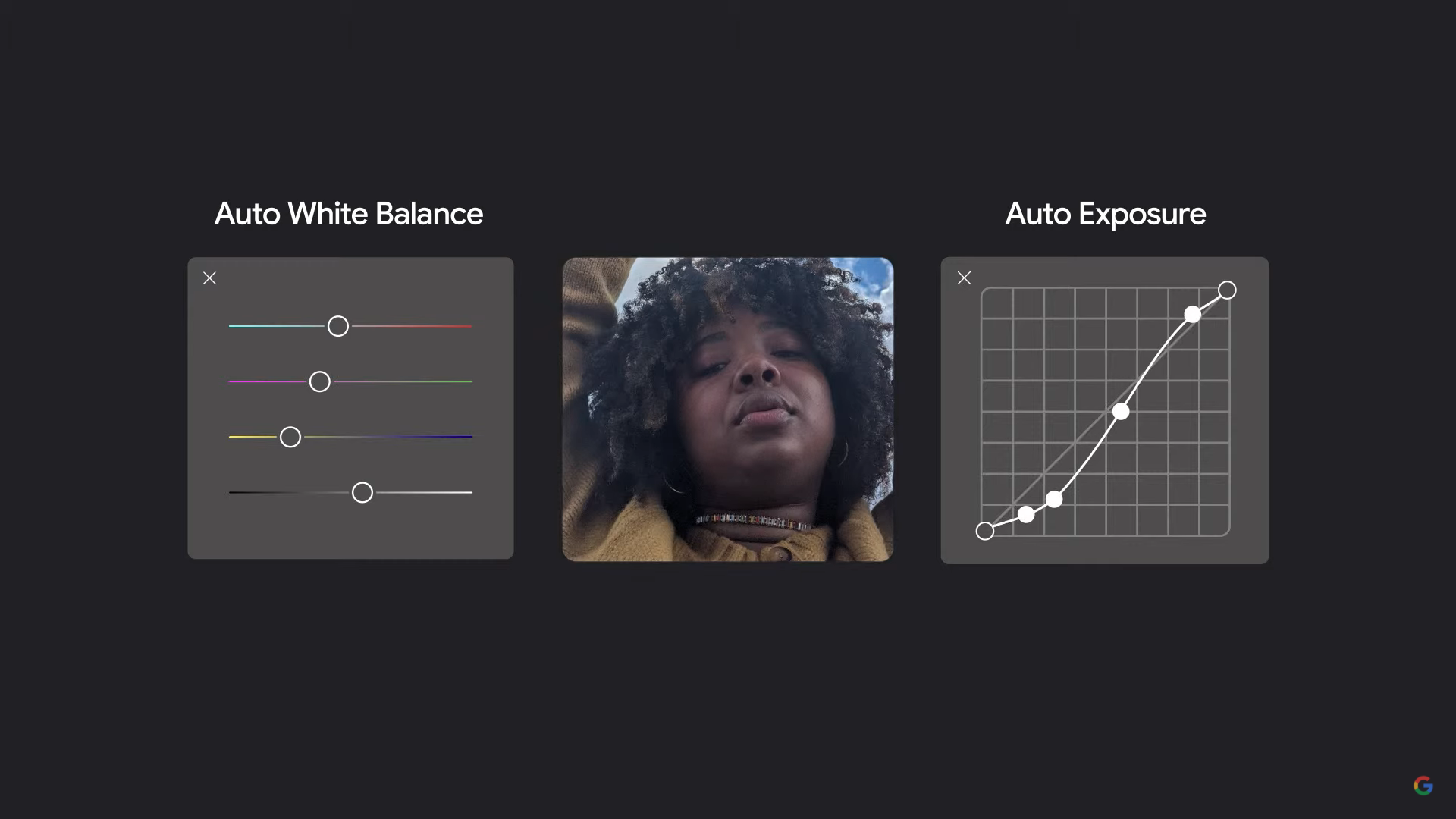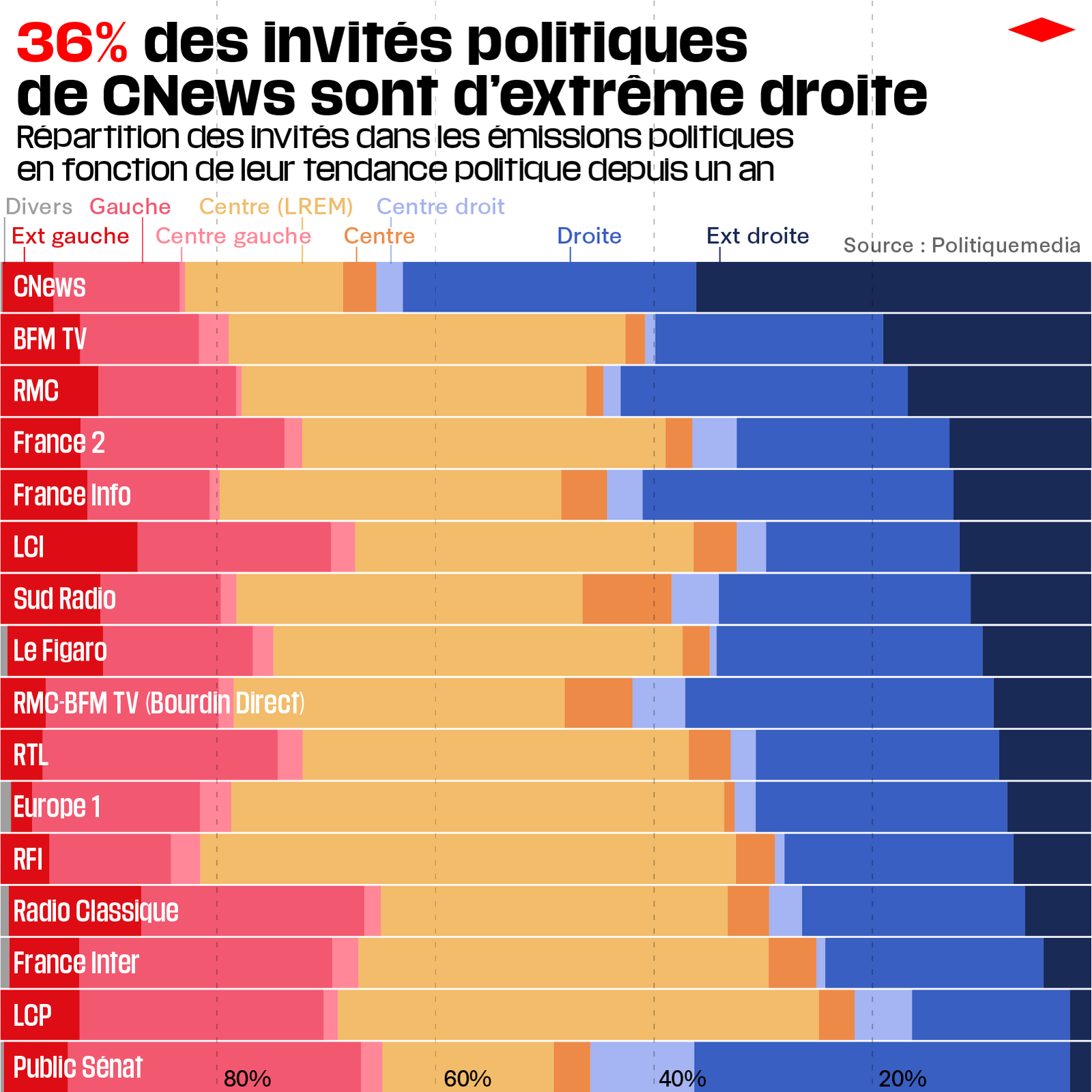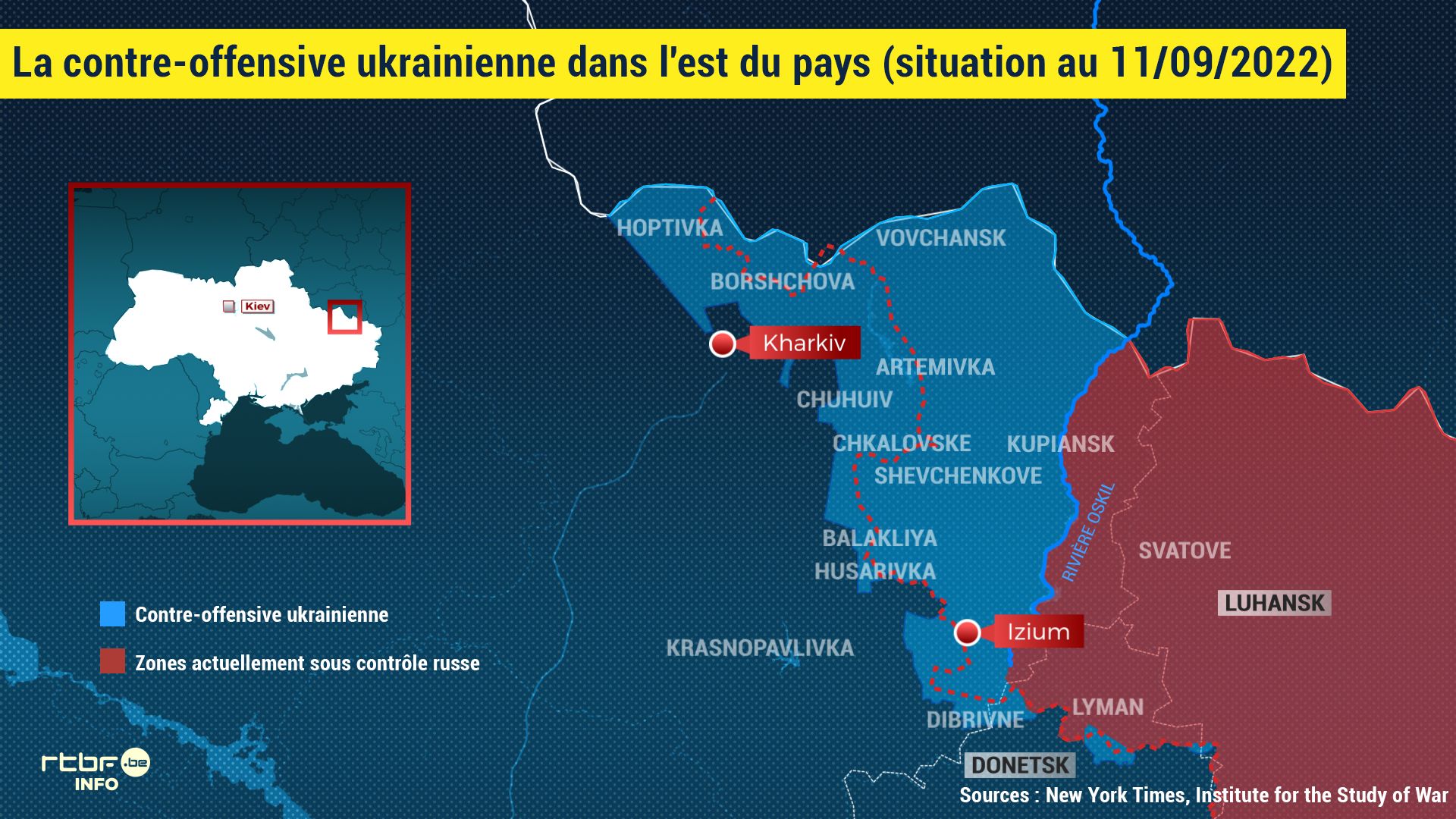I/O Or Io? Analyzing The Key Differences In Google And OpenAI's Approaches

Table of Contents
Google I/O: A Focus on Ecosystem Integration and Developer Tools
Google's I/O conference serves as a powerful platform for showcasing its latest advancements in AI and related technologies. It's more than just an announcement event; it's a testament to Google's strategy of deeply integrating AI into its vast ecosystem.
The I/O Conference as a Platform for Announcements:
Past Google I/O conferences have been packed with significant announcements that have shaped the tech landscape:
- Major Android OS releases: Each year brings substantial updates to the Android operating system, incorporating new AI-powered features and functionalities.
- Breakthroughs in AI research: Google regularly unveils new AI models, algorithms, and tools at I/O, showcasing its ongoing research and development efforts.
- Hardware reveals: From Pixel phones with advanced camera AI to new cloud computing hardware optimized for machine learning, I/O serves as a launchpad for Google's hardware innovations.
- New developer tools and APIs: Google consistently releases new tools and APIs at I/O, enabling developers to build and integrate AI into their applications more seamlessly.
This ecosystem approach ensures that Google's AI advancements are readily available across its various services, creating a unified and powerful user experience. The developer-centric focus of I/O is evident in the numerous workshops, training sessions, and resources provided to help developers leverage Google's AI technologies.
Google's AI Strategy: Emphasis on Responsible AI and Accessibility:
Google's AI strategy is strongly anchored in principles of responsible AI development. This commitment manifests in:
- Ethical guidelines and frameworks: Google actively develops and implements ethical guidelines to ensure its AI technologies are used responsibly and avoid bias.
- Transparency and explainability: Google strives to create AI models that are transparent and explainable, fostering trust and understanding.
- Focus on accessibility: Google is committed to making its AI technologies accessible to a broad range of developers and users, irrespective of their technical expertise.
Key examples include TensorFlow, a widely used open-source machine learning framework, and the Google AI Platform, a cloud-based service offering a suite of tools for building and deploying AI applications.
OpenAI's Approach: Research-Driven Innovation and API-First Strategy
OpenAI distinguishes itself through a laser focus on cutting-edge research and an API-first strategy for deploying its models.
OpenAI's Research Focus and Model Releases:
OpenAI's impact on the AI landscape stems from its groundbreaking research and the subsequent release of powerful AI models:
- GPT-3 and its successors: These large language models have revolutionized natural language processing, enabling applications ranging from chatbots to creative writing tools.
- DALL-E and related image generation models: OpenAI's image generation models are pushing the boundaries of AI-driven creativity, generating stunning and innovative visuals.
- Reinforcement learning breakthroughs: OpenAI consistently pushes the frontiers of reinforcement learning, leading to advancements in robotics and game playing AI.
OpenAI's research significantly influences the broader AI community, inspiring further innovation and collaboration.
The API-First Approach and Developer Access:
OpenAI's strategy centers around providing easy access to its models through APIs. This approach has several implications:
- Rapid integration: Developers can quickly integrate OpenAI's models into their applications without needing deep expertise in machine learning.
- Scalability: OpenAI's API infrastructure handles the computational demands of these powerful models, allowing developers to scale their applications efficiently.
- Ease of use: The API-first approach simplifies the process of using OpenAI's models, making them more accessible to a wider range of developers.
However, the API-first approach, while offering accessibility, also comes with pricing considerations that might differ significantly from Google's more integrated ecosystem.
Key Differences in Philosophy and Target Audience:
The contrasting approaches of Google and OpenAI highlight fundamental differences in their philosophies and target audiences.
Comparing the Overall Approaches:
Google's I/O reflects an integrated ecosystem approach, aiming to embed AI seamlessly into its various services. OpenAI, on the other hand, adopts a research-focused, API-first strategy, prioritizing the release of powerful models to a broad developer community. Google's target audience is broader, encompassing both developers and end-users, while OpenAI primarily targets developers and researchers.
Long-Term Vision and Market Positioning:
Google's long-term vision appears to be the integration of AI into every aspect of its ecosystem, creating a ubiquitous AI experience. OpenAI's focus seems to be on driving fundamental AI research and making its powerful models broadly accessible through APIs, influencing the development of numerous applications. While there's potential for collaboration, competition between these giants is also likely to shape the future of the AI industry.
Conclusion: Choosing Between I/O and io: Understanding the Nuances
This comparison highlights the stark contrasts between Google's I/O-driven ecosystem approach and OpenAI's API-centric strategy. Google prioritizes integration and accessibility for a broad audience, while OpenAI focuses on pushing the boundaries of AI research and making its powerful models readily available through APIs to developers. Both strategies offer unique strengths and cater to different needs.
Key Takeaways:
- Google's I/O showcases a unified ecosystem approach, integrating AI into its services and offering extensive developer tools.
- OpenAI's API-first strategy prioritizes research and provides easy access to powerful AI models for developers.
- Each approach has its own advantages and disadvantages depending on the user's specific requirements.
By understanding the nuances of Google's I/O and OpenAI's approach, you can make informed decisions about which platform best aligns with your AI development goals. Explore both Google's I/O resources and OpenAI's offerings to determine the best fit for your project.

Featured Posts
-
 Hells Angels A Critical Analysis
May 26, 2025
Hells Angels A Critical Analysis
May 26, 2025 -
 X Et L Extreme Droite Europeenne L Influence D Elon Musk
May 26, 2025
X Et L Extreme Droite Europeenne L Influence D Elon Musk
May 26, 2025 -
 Ohnotheydidnt And The Hunger Games Live Journals Fandom Explored
May 26, 2025
Ohnotheydidnt And The Hunger Games Live Journals Fandom Explored
May 26, 2025 -
 L Iptv Illegale La Guerre Declaree Par La Rtbf Et Rtl Belgium
May 26, 2025
L Iptv Illegale La Guerre Declaree Par La Rtbf Et Rtl Belgium
May 26, 2025 -
 A Look At F1 Greats Successes And Failures After 40
May 26, 2025
A Look At F1 Greats Successes And Failures After 40
May 26, 2025
